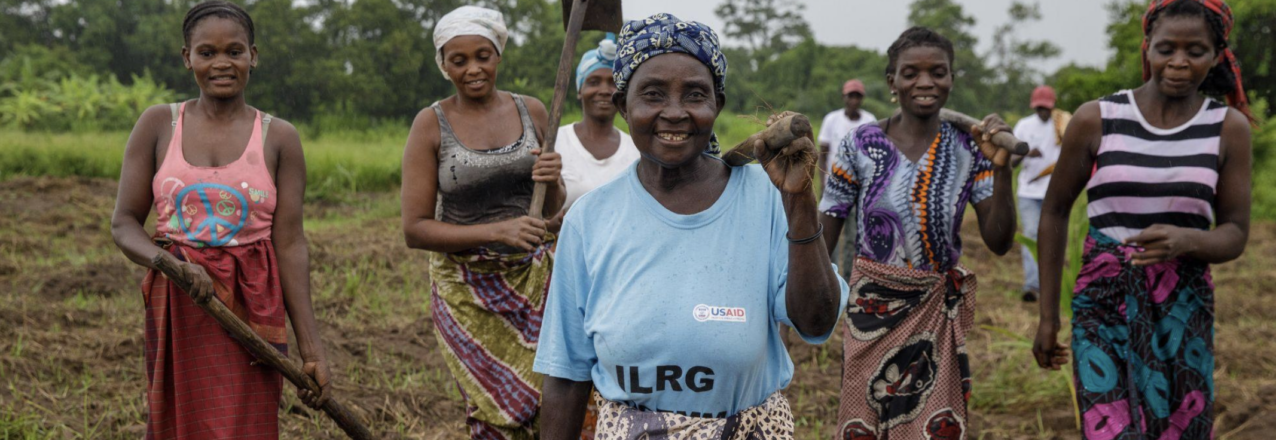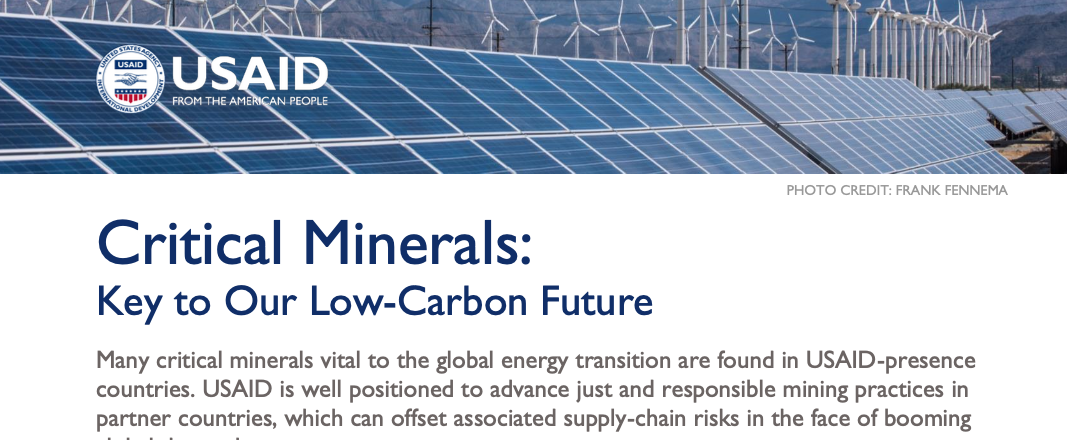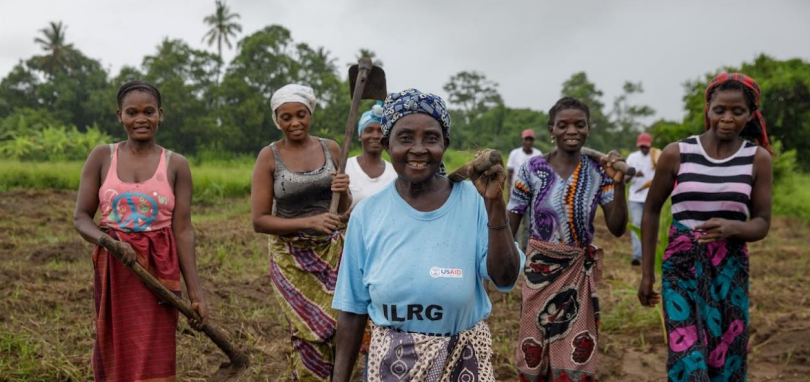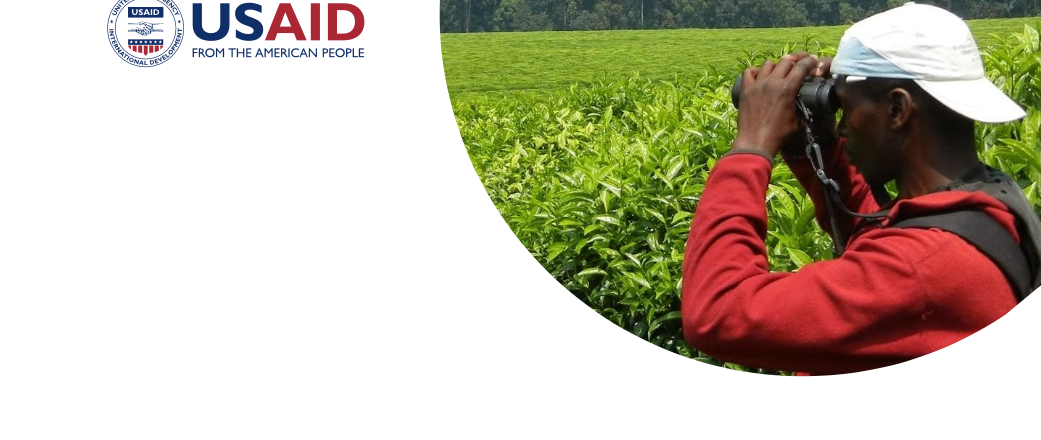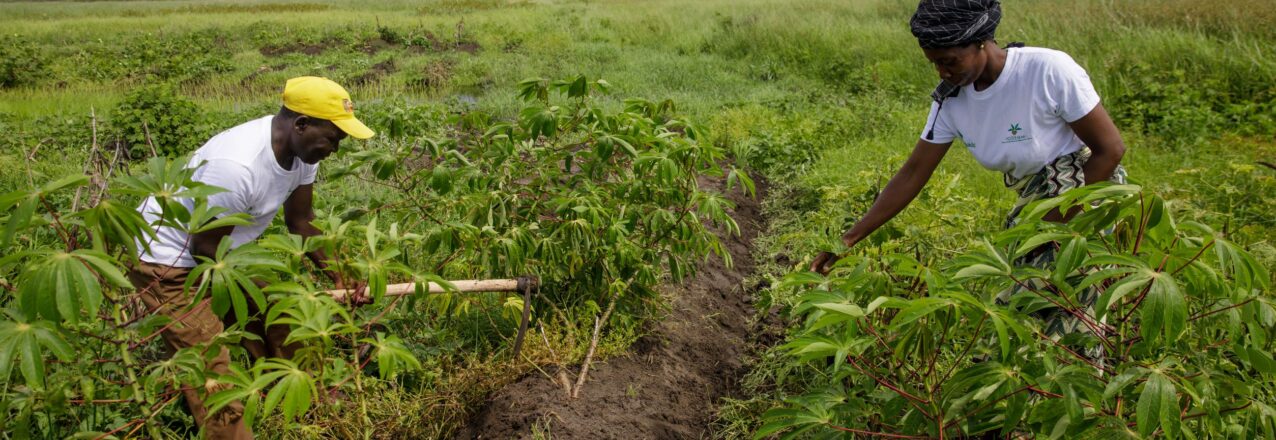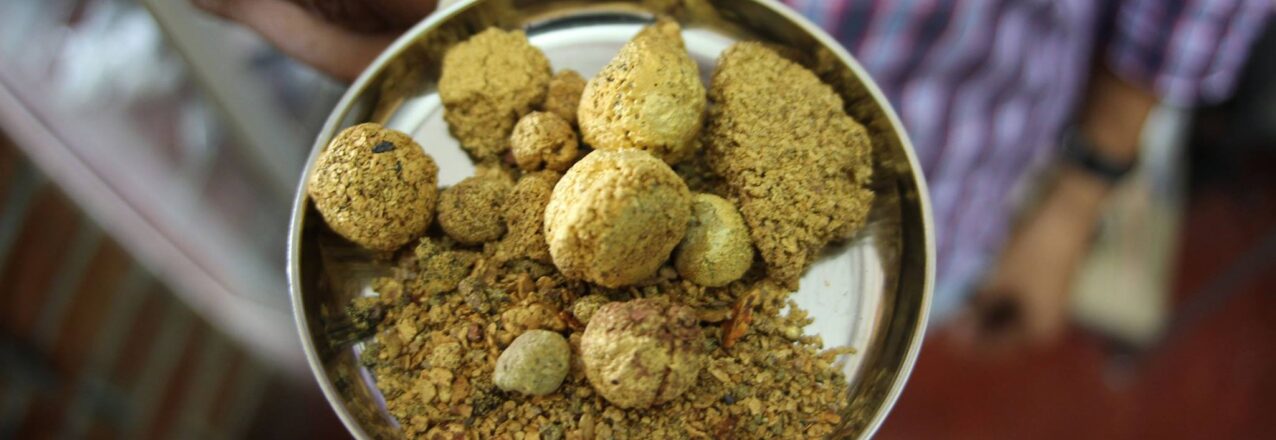Background
The USAID Liberia Land Management Activity (LMA), a four-year task order under the STARR II IDIQ, is implemented by ECODIT, a woman-owned small business, along with key Liberian partners from the government, the Liberia Land Authority, and several local CSO partners. The LMA fosters effective and inclusive governance of community land and natural resources, including land management, use, and access. The LMA supports Liberian communities to obtain official deeds to their customary land per the 2018 Land Rights Act (LRA) and to improve the use of customary land for sustainable, equitable economic benefit.
Goals
- Communities Obtain Deeds to their Communal Land.
- Communities Plan and Manage Communal / Customary Land for Productive Use.
- Women, Youth, and Other Marginalized Groups Participate in and Benefit from Communal Land
Management. - Communities Utilize Alternative Dispute Resolution (ADR) to Resolve Land Disputes and
Grievances
Key Results Achieved
- Supported 16 Community Land Development and Management Committees (CLDMCs) to incorporate grievance redress mechanisms in their local bylaws.
- Resolved 19 boundary disputes across 13 communities through traditional ADR techniques.
- Launched an advanced geomantic training program to strengthen the capacity of county-level Liberia Land Authority (LLA) surveyors, supporting the decentralization of the community land rights formalization (CLRF).
- Procured modern surveying equipment for county-level LLA offices to facilitate the speedy survey of customary land and decentralization of CLRF services.
- Implemented 111 communications initiatives reaching 3,268 community members to raise awareness on land rights, the CLRF process, and the critical roles of women and youth.
- Facilitated drafting or advancement of five regulations or guidelines for the CLRF process.
- Built the capacity of 48 community-based organizations (CBOs) to support communities in the CLRF process.
- Developed numerous training tools to strengthen the capacity of communities and their CLDMCs to solidify their land rights and manage their land for equitable benefit.
- Assisted one community through deeding and facilitated the final formal deed hand over to the community.



 Zimbabwe is a USAID “Resilience Focus” country. Its local natural resource management systems present a unique opportunity to build a comprehensive resilience approach (which investigates how people and nature can best manage in the face of disturbances) to support communities near protected zones and associated wildlife corridors. Protected areas like the Mid-Zambezi Valley, Save Valley Conservancy, and Gonarezhou National Park are considered “resilience anchors” to allow for multifaceted approaches to reduce people’s chronic vulnerability to climatic shocks and economic challenges. These “resilience anchors” can provide economic opportunities for communities while conserving their natural resources.
Zimbabwe is a USAID “Resilience Focus” country. Its local natural resource management systems present a unique opportunity to build a comprehensive resilience approach (which investigates how people and nature can best manage in the face of disturbances) to support communities near protected zones and associated wildlife corridors. Protected areas like the Mid-Zambezi Valley, Save Valley Conservancy, and Gonarezhou National Park are considered “resilience anchors” to allow for multifaceted approaches to reduce people’s chronic vulnerability to climatic shocks and economic challenges. These “resilience anchors” can provide economic opportunities for communities while conserving their natural resources.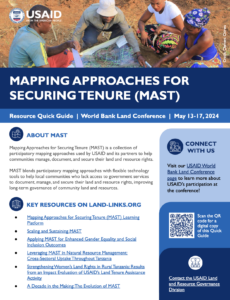 Mapping Approaches for Securing Tenure (MAST) is a collection of participatory mapping approaches used by USAID and its partners to help communities manage, document, and secure their land and resource rights.
Mapping Approaches for Securing Tenure (MAST) is a collection of participatory mapping approaches used by USAID and its partners to help communities manage, document, and secure their land and resource rights.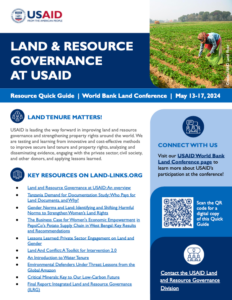 USAID is leading the way forward in improving land and resource governance and strengthening property rights around the world. We are testing and learning from innovative and cost-effective methods to improve secure land tenure and property rights, analyzing and disseminating evidence, engaging with the private sector, civil society, and other donors, and applying lessons learned.
USAID is leading the way forward in improving land and resource governance and strengthening property rights around the world. We are testing and learning from innovative and cost-effective methods to improve secure land tenure and property rights, analyzing and disseminating evidence, engaging with the private sector, civil society, and other donors, and applying lessons learned.